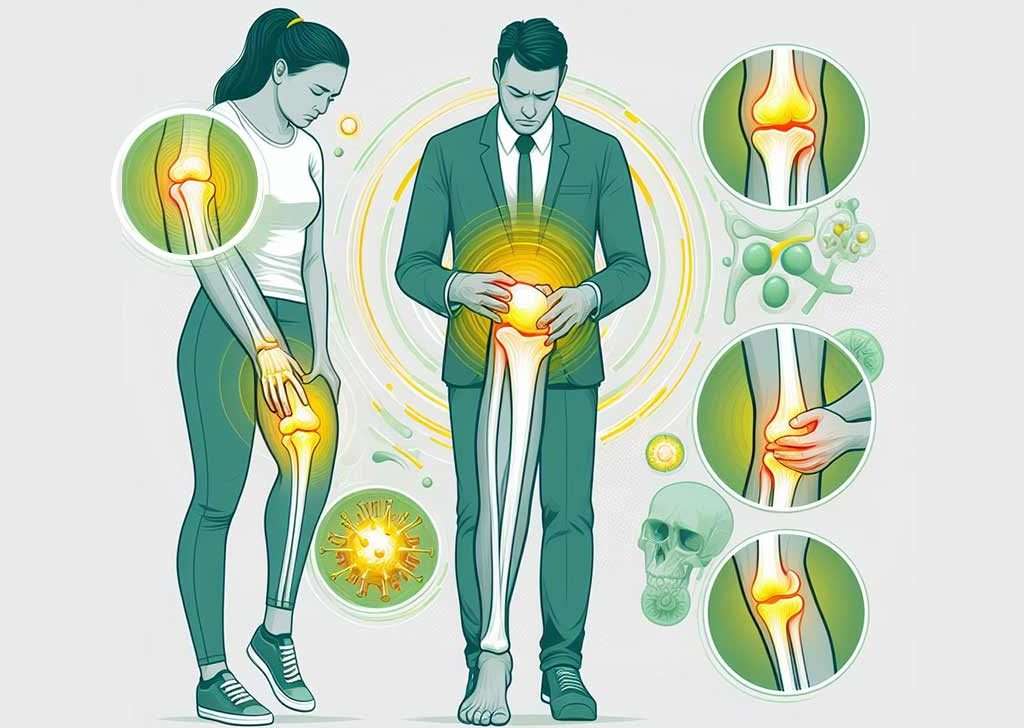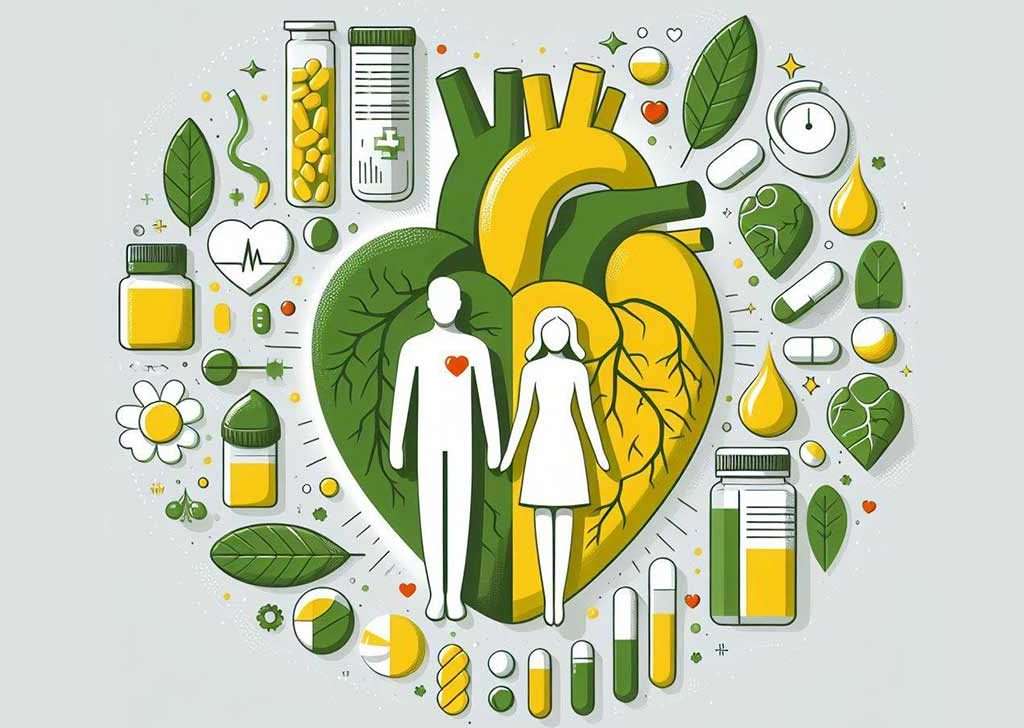Climate change is increasingly recognized as a driver of infectious diseases in the United States. As global temperatures rise, shifts in weather patterns and environmental conditions create favorable environments for the transmission of vector-borne, waterborne, and foodborne diseases. The year 2024 is poised to see growing challenges in managing infectious diseases as climate change accelerates these dynamics.
1. Vector-Borne Diseases
- Impact of Warmer Temperatures: Warmer temperatures extend the geographical range and seasons for disease-carrying insects like mosquitoes and ticks. This change leads to the spread of diseases such as:
- West Nile Virus (WNV): Transmitted by mosquitoes, WNV outbreaks are expected to increase in intensity, particularly in the warmer southern and western states.
- Lyme Disease: Carried by ticks, Lyme disease cases have been rising due to milder winters and prolonged tick activity. States in the Northeast, Midwest, and even the Pacific Northwest are reporting higher incidences.
- Dengue, Zika, and Chikungunya: Diseases typically found in tropical climates are expected to creep into southern parts of the U.S., including Florida and Texas, as a result of climate shifts.
- Key Areas Affected: The U.S. South, including states like Texas and Florida, are projected to see increasing cases of mosquito-borne diseases due to rising heat and humidity. Similarly, the Midwest and Northeast will continue to grapple with tick-borne diseases like Lyme disease as warmer winters prolong tick life cycles.
2. Waterborne Diseases
- Heavy Rainfall and Flooding: Climate change is causing more extreme rainfall and flooding, which can contaminate water sources and lead to outbreaks of diseases such as:
- Cholera: Linked to contaminated water supplies, cholera is a major concern after severe flooding events.
- Cryptosporidiosis and Giardiasis: These are caused by parasites found in untreated or poorly treated water. Increases in flooding can overwhelm water treatment plants, resulting in more waterborne outbreaks.
- Key Areas Affected: Coastal regions and areas prone to hurricanes, like the Gulf Coast, face heightened risks of waterborne disease outbreaks as sea levels rise and storms become more intense.
3. Foodborne Diseases
- Rising Temperatures and Food Contamination: Hotter temperatures increase the risk of foodborne illnesses such as:
- Salmonella and E. coli: These bacteria thrive in warmer environments, making it easier for food to spoil and for contamination to occur during transportation or storage.
- Vibrio infections: A type of bacteria commonly found in warm seawater, Vibrio is linked to shellfish consumption. Warmer ocean temperatures increase its presence, leading to more cases of Vibrio-related illnesses, especially in coastal areas.
- Key Areas Affected: Warm coastal areas, particularly in states like California, Louisiana, and Florida, will be at greater risk of foodborne illnesses associated with seafood consumption.
4. Airborne Diseases and Respiratory Infections
- Changing Air Quality: Climate change affects air quality by increasing levels of pollutants and allergens, exacerbating respiratory illnesses and diseases spread through the air. For example:
- Valley Fever (Coccidioidomycosis): A fungal infection that thrives in dry, dusty conditions, Valley Fever is becoming more common in the southwestern U.S. due to increasing drought and desertification.
- Asthma and Allergies: Air pollution, combined with longer pollen seasons, increases respiratory health challenges, making individuals more susceptible to infections.
- Key Areas Affected: Drier, arid regions in the western U.S. are particularly vulnerable to Valley Fever, while urban areas with higher pollution levels are at risk for increased respiratory infections.
5. Heat-Related Illnesses and Hospital Strains
- Increased Strain on Healthcare Systems: More frequent and severe heat waves not only lead to heat-related illnesses like heat stroke but also exacerbate existing chronic conditions, such as cardiovascular and respiratory diseases. Hospitals will likely face greater strain as climate-related emergencies compound with infectious disease outbreaks.
- Key Areas Affected: Large urban centers and areas with aging infrastructure or insufficient cooling systems will see a rise in heat-related illnesses. Areas like Phoenix, Las Vegas, and Miami are particularly vulnerable.
6. Preparedness and Prevention
- Surveillance Systems: Efforts to enhance infectious disease surveillance, including monitoring vector populations and tracking environmental changes, will be crucial in 2024 to predict and manage disease outbreaks.
- Public Health Campaigns: Educating the public about climate-related health risks, promoting vaccination, and advocating for early detection of vector-borne diseases will play an important role in prevention.
- Policy and Infrastructure Investment: Addressing climate change through policy initiatives aimed at reducing emissions, improving water treatment facilities, and strengthening healthcare systems will be critical for long-term resilience against infectious diseases.
Conclusion
As the United States continues to experience the effects of climate change, infectious diseases are expected to become more prevalent and difficult to manage. In 2024, a combination of vector-borne, waterborne, and foodborne diseases, exacerbated by extreme weather and rising temperatures, will pose significant public health challenges. Proactive measures, such as improving surveillance, enhancing public awareness, and strengthening health infrastructure, will be essential in mitigating these risks and safeguarding the population from climate-related infectious diseases.
Sources:
- Centers for Disease Control and Prevention (CDC): Climate Change and Health
- U.S. Environmental Protection Agency (EPA): Climate Change and Infectious Diseases
- World Health Organization (WHO): Climate Change and Human Health
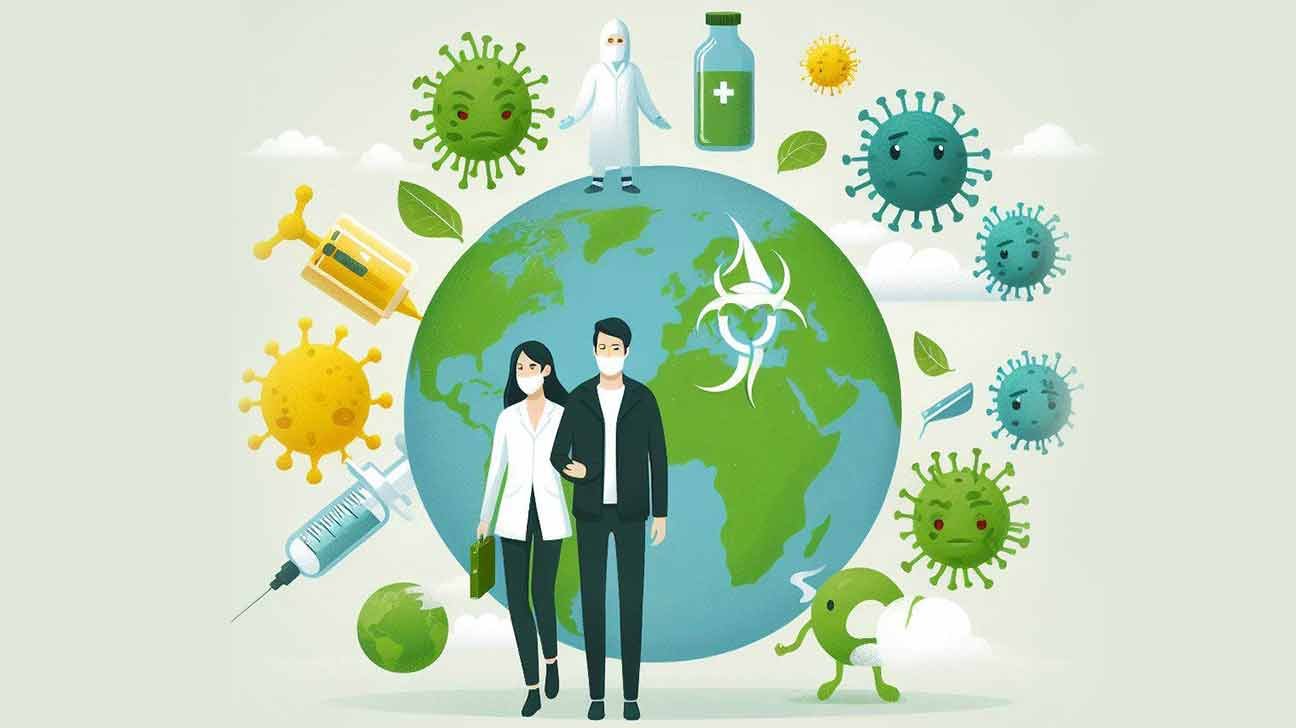
Climate change is intensifying infectious diseases in the USA, impacting their spread and severity by 2024. Altered weather patterns and warming temperatures are creating environments conducive to disease transmission.
The intersection of infectious diseases and climate change presents a growing concern in the USA as we head towards 2024. Rising temperatures and increasingly erratic weather events are shifting the habitats of disease vectors, such as mosquitoes and ticks, potentially leading to the spread of illnesses like Lyme disease and West Nile virus in new areas.
Airborne pathogens may also find a friendly atmosphere in the changing climate, raising alarms for the healthcare system to prepare for a diverse range of challenges. Public health infrastructure is getting pressured to adapt and respond more quickly to the evolving landscape of infectious diseases which now have an added layer of complexity due to climate change. As these trends continue, understanding and mitigating the risks becomes critical for ensuring community health and resiliency.
The Relationship Between Climate Change And Infectious Diseases
As the climate continues to change, so does the landscape of infectious diseases. Warmer temperatures, altered precipitation patterns, and extreme weather disruptions significantly influence the emergence and spread of infections. Understanding this relationship is essential for preparing and responding to health threats in the USA by 2024.
Direct Impacts Of Climate Change
Rising temperatures can expand the range of vector-borne diseases. Mosquitoes that carry diseases like Zika or West Nile Virus thrive in warmer climates. With longer seasons of high temperatures, these vectors find new habitats. Floods and hurricanes, now more common, can lead to outbreaks of waterborne diseases like Giardiasis.
Indirect Impacts Of Climate Change
The effects of climate change on human behavior and ecology also spur disease spread. Heat waves lead to more indoor crowding, heightening the risk of respiratory infections. Displaced populations from sea-level rise result in crowded living conditions, propagating the spread of contagious diseases.
Examples Of Infectious Diseases Affected By Climate Change
- Lyme Disease: Warmer winters mean ticks, which transmit Lyme disease, survive more readily.
- Cholera: Increased coastal flooding can contaminate water supplies, boosting cholera cases.
- Dengue Fever: Higher temperatures expand the areas where Aedes mosquitoes can live and breed.
Climate Change And Vector-borne Diseases
The intersection of climate change and infectious diseases is nowhere more evident than in the proliferation of vector-borne diseases. The warming climate, shifting rainfall patterns, and increasing humidity have all contributed to the ideal conditions for vectors to thrive. Understanding how these diseases spread and what we can do to mitigate their impact is vital. Let us dive into the world of vectors, the diseases they carry, and the role of climate change in potentially creating health crises.
Definition Of Vector-borne Diseases
Vector-borne diseases are infections transmitted by the bite of infected arthropods, such as mosquitoes, ticks, and fleas. These vectors carry pathogens that can cause illness in humans or animals. Common vector-borne diseases include Lyme disease, Dengue fever, and Malaria.
Vectors And Their Role In Disease Transmission
Vectors are living organisms that can transmit infectious pathogens between humans or from animals to humans. Many of these diseases are preventable through protective measures such as vector control, vaccines, and personal protection.
Impact Of Climate Change On Vectors And Disease Spread
- Increased temperatures may shorten the pathogen incubation time,
- lead to higher vector population levels and longer seasonal activity,
- and expand the geographical range of vector species.
These elements create a perfect storm, potentially elevating vector-borne disease rates. Adaptation strategies for public health systems are essential to manage these evolving risks.
Case Studies On Vector-borne Diseases And Climate Change
| Disease | Vector | Climate Impact | Region |
|---|---|---|---|
| Lyme Disease | Ticks | Extended Season | Northeast USA |
| Dengue Fever | Mosquitoes | Broadened Habitat Range | Southern USA |
| Zika Virus | Mosquitoes | Increased Breeding Sites | Southeast USA |
These case studies highlight the need for heightened surveillance, vector control efforts, and public education on disease prevention methods tailored to changing environmental conditions.
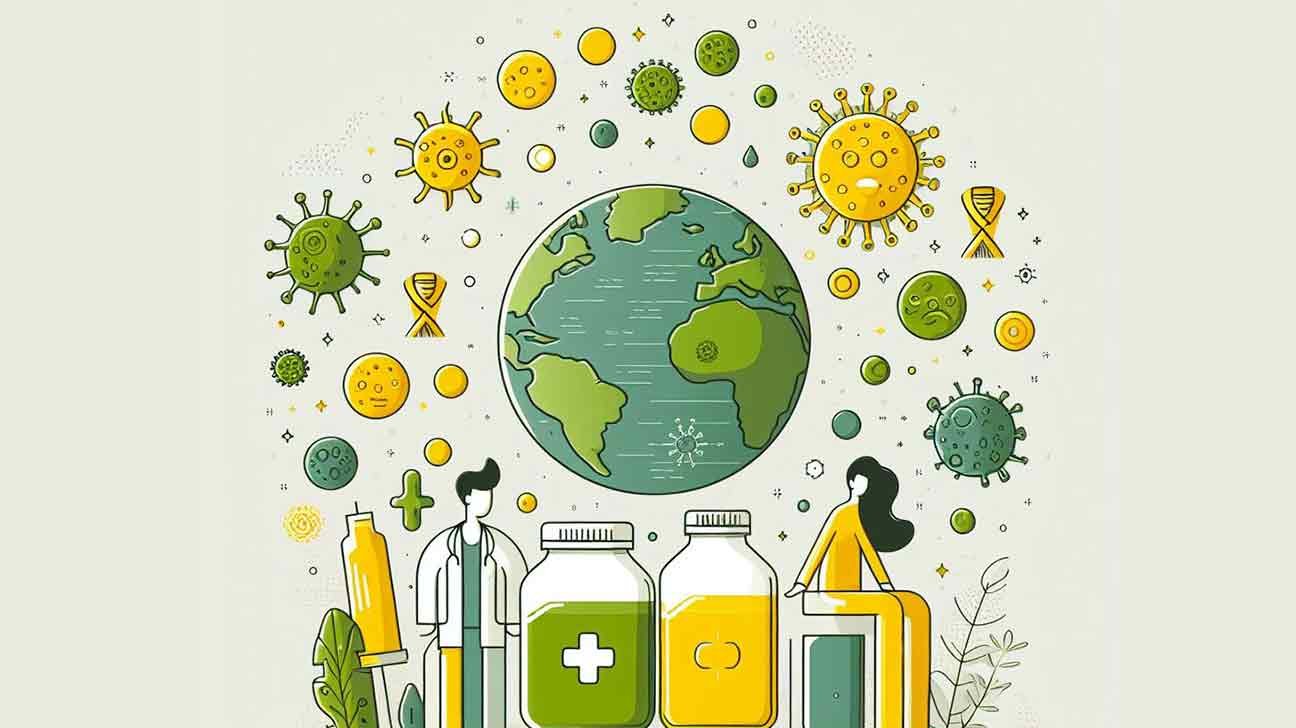
Climate Change And Waterborne Diseases in usa
The intersection of infectious diseases and climate change poses a critical health concern. Waterborne diseases, in particular, are increasing as a result of shifting weather patterns. Understanding this nexus can help the USA prepare for and mitigate the impact of these diseases in 2024 and beyond.
Definition Of Waterborne Diseases
Waterborne diseases are illnesses caused by microorganisms in contaminated water. These pathogens spread through water ingested by humans, affecting many, especially children who are more vulnerable.
Impact Of Climate Change On Water Quality
Climate change affects precipitation, causing floods or droughts. These extreme events can degrade water quality by introducing pollutants into water bodies, creating a ripe environment for pathogens to multiply.
Effect Of Climate Change On Waterborne Disease Transmission
- Rising temperatures can increase pathogen growth rates.
- Extreme weather events stir up sediments, harbouring microbes.
- Altered rain patterns can contaminate drinkable water sources.
Case Studies On Waterborne Diseases And Climate Change
| Location | Disease | Climate Event | Outcome |
|---|---|---|---|
| Midwest USA | Cryptosporidiosis | Heavy Rains | Increased cases reported |
| Southwest USA | Hepatitis A | Drought | Spike in disease due to water shortages |
| Coastal Regions | Vibrio infections | Hurricanes | Compounded spread due to flooding |
Climate Change And Airborne Diseases
As we step into the year 2024, the USA faces new health challenges. Climate change deeply influences the spread of infectious diseases. Now, we see a shift in how airborne diseases behave. Let’s explore the relationship between our changing climate and these unseen threats.
Definition Of Airborne Diseases
Airborne diseases travel through the air. Tiny germs ride on dust or droplets. People breathe them in and get sick. Common examples include the flu and tuberculosis.
Impact Of Climate Change On Air Quality
Climate change harms our air. It brings more heat, which can make pollution worse. Bad air hurts our lungs and can help diseases spread faster.
- Higher temperatures can increase air pollutants.
- More ozone at ground level is bad for our health.
- Wildfires from hot, dry weather make air quality worse.
Effect Of Climate Change On Airborne Disease Transmission
Our warming world changes where and when diseases can spread. Warm, wet weather can increase diseases. Germs find new places to live where they couldn’t before.
| Factor | Effect on Airborne Diseases |
|---|---|
| Temperature Rise | Helps some germs grow faster. |
| Changing Rain Patterns | More moisture can let germs spread. |
| Stronger Storms | Storms can carry germs over long distances. |
Case Studies On Airborne Diseases And Climate Change
Scientists study disease outbreaks and weather. This helps us understand climate change’s role. One case from 2022 showed how heat affected flu spread. Another study in 2023 linked poor air quality from fires to more COVID-19 cases.
- 2022 Southern USA Flu Increase: More heat led to a longer flu season.
- 2023 Wildfire Smoke and COVID-19: Smoke made the air bad and COVID-19 cases went up.
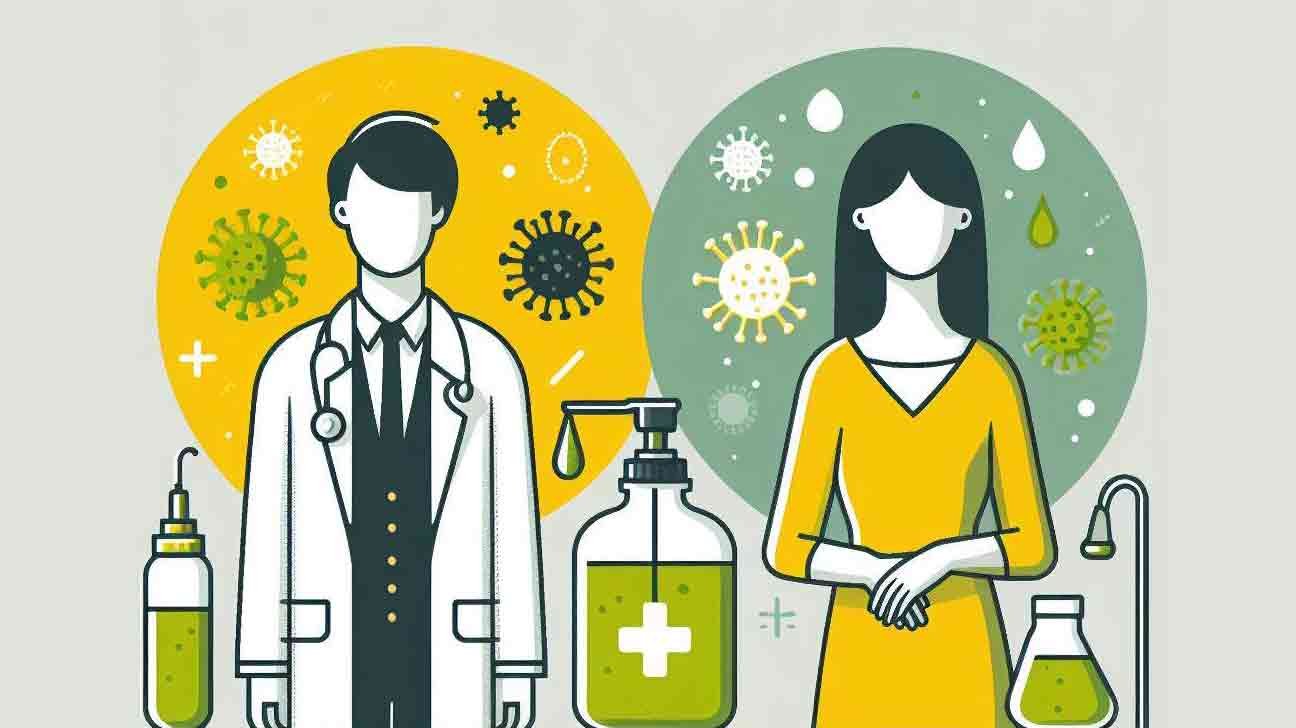
Potential Future Scenarios
The potential future scenarios concerning infectious diseases and climate change paint a complex picture for the USA in 2024. Our understanding of this interplay is critical. It shapes strategies to safeguard public health. Let’s explore some of these scenarios:
Increased Disease Outbreaks
Climate change affects disease patterns and infection rates. Warmth and moisture fuel microbes. They thrive and multiply faster. This leads to more frequent outbreaks. Look at these potential scenarios:
- Vector-borne diseases like Zika might spike due to longer mosquito seasons.
- New pathogens could emerge in previously unaffected regions.
- Foodborne illnesses may rise with hotter temperatures affecting food safety.
Geographical Spread Of Diseases
Altered climates push disease carriers like mosquitoes into new zones. They bring threats to new populations. These areas, unaccustomed to such diseases, might see spikes in:
- Lyme disease with the spread of ticks.
- Dengue fever as tropical vectors move northward.
- Allergies from new plant species that flourish in altered climates.
Challenges In Disease Management And Prevention
Climate change complicates disease control. Health systems must adapt to these challenges:
| Challenge | Impact |
|---|---|
| Resource allocation | More outbreaks strain budgets and supplies. |
| Public awareness | Education is crucial for new disease prevention. |
| Vaccine development | Fast-changing diseases require quicker vaccine updates. |
A robust response system is vital. It ensures communities stay ahead of these evolving threats. The battle against infectious diseases in the era of climate change is ongoing. It demands attention, innovation, and cooperation across all sectors.
Mitigation And Adaptation Strategies
As climate change becomes a pressing concern, it intensifies infectious diseases in the USA. Creating robust mitigation and adaptation strategies is essential for public health. These actions can help reduce the impact of climate-related disease spread.
Improving Surveillance And Early Warning Systems
Upgrading surveillance and early warning systems enables prompt detection of outbreaks. Innovative technologies aid in tracking disease patterns. By doing so, communities prepare better for potential threats. This proactive approach lessens the impact of infectious diseases influenced by climate changes.
- Implement real-time data collection tools for faster response
- Integrate climate data with health monitoring for predictive analytics
- Invest in machine learning to identify trends and potential outbreaks
Enhancing Healthcare Infrastructure
Strong healthcare systems withstand the pressures of climate-induced health crises. Improvements in healthcare infrastructure ensure readiness for increases in disease prevalence. Ensuring access to essential services and medicines is crucial.
- Expand hospital and clinic capacities to handle surges
- Stockpile critical medical supplies and vaccines
- Train healthcare professionals in climate-related disease management
Promoting Public Awareness And Education
Education equips the public with knowledge to protect themselves. Awareness drives community engagement and preventive behaviors. Through education, individuals understand their role in health and climate resilience.
- Distribute easy-to-understand guidelines on personal protection
- Organize community workshops and seminars
- Create engaging online content targeting various age groups
Policy And Decision-making For Climate Change And Health
Effective policies integrate climate change with health considerations. Lawmakers must prioritize health in climate-related decisions. This strategic alignment fosters a healthier, more secure future.
- Enact legislation that supports climate and health initiatives
- Allocate resources for research and implementation of strategies
- Collaborate with global partners to share insights and best practices
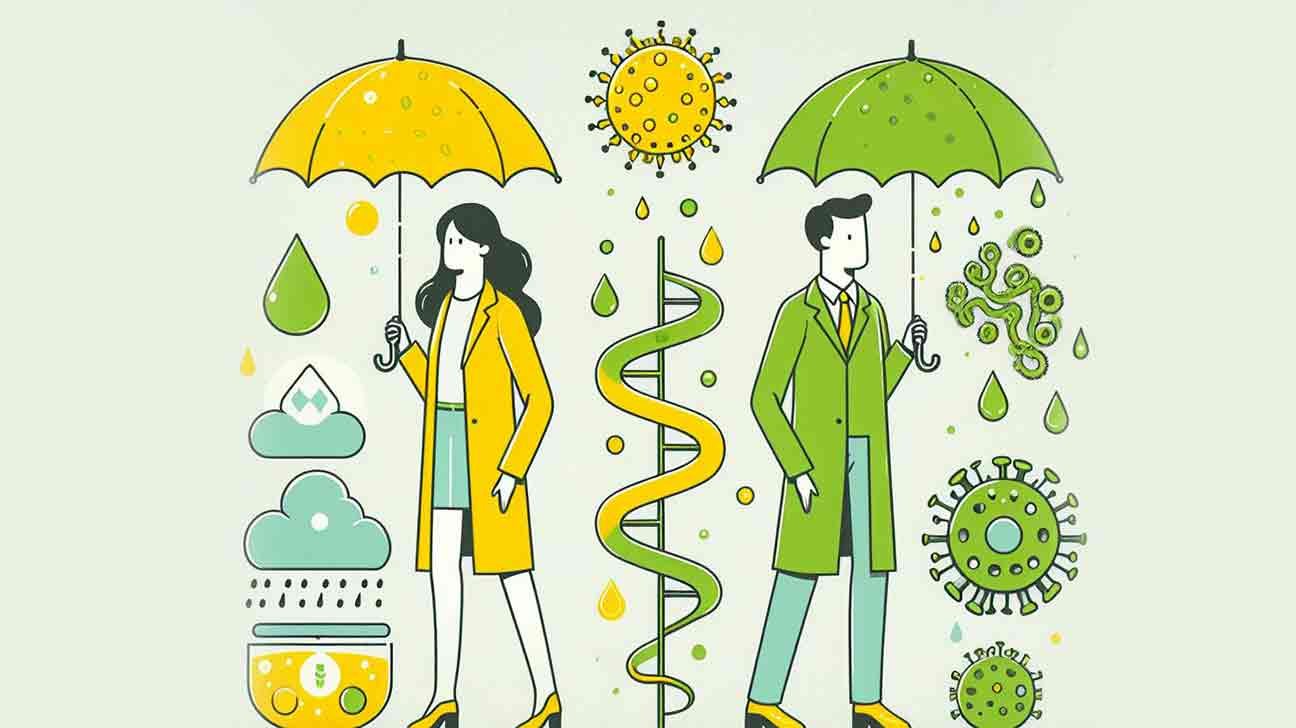
Frequently Asked Questions On Infectious Diseases And Climate Change In Usa 2024
How Is Climate Change Affecting Infectious Diseases In The Usa?
Climate change can alter infectious disease patterns by impacting pathogen, host, and transmission dynamics. Warmer temperatures may expand the habitat of disease vectors like mosquitoes, potentially increasing the spread of vector-borne diseases such as Zika or West Nile virus in the USA.
What Infectious Diseases Are Emerging Due To Climate Change?
Diseases such as Lyme disease, dengue fever, and chikungunya are emerging or re-emerging in the USA, influenced by climatic factors. The geographic range of ticks and mosquitoes that carry these diseases is expanding as temperatures rise.
Are Certain Us Regions More Vulnerable To Climate-related Diseases?
Yes, regions with warmer climates or those experiencing significant climate variations, like the Southeast and coastal areas, are more susceptible to vector-borne diseases. These areas offer favorable conditions for vectors to thrive and potentially increase disease transmission.
Can Climate Change Impact The Seasonality Of Infectious Diseases?
Climate change can extend the seasonal window of infectious diseases and alter their transmission patterns. For instance, milder winters and earlier springs in the USA can lengthen the season for tick activity, potentially boosting the incidence of Lyme disease.
Conclusion
Understanding the nexus between infectious diseases and climate change is crucial for USA’s future health landscape. We must adapt and fortify our healthcare systems against evolving threats. By doing so, we can ensure a safer, healthier environment for all. As 2024 approaches, proactive steps today will safeguard tomorrow’s wellbeing.

